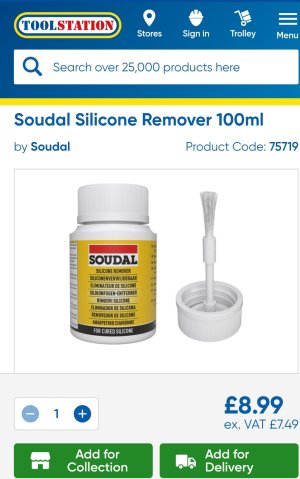wombat88
Well-known member
Our dinghy has an eyebolt in the stem. A previous owner hit the jetty at Bowmoor with it and ever since it has been an unsightly mess with what looks like silicone attempting to hold it steady.
I want to strip it, remove the eyebolt and epoxy/fill to tidy the whole thing up. Epoxy will never adhere to silicone so...how do I get rid of the silicone?
I want to strip it, remove the eyebolt and epoxy/fill to tidy the whole thing up. Epoxy will never adhere to silicone so...how do I get rid of the silicone?

